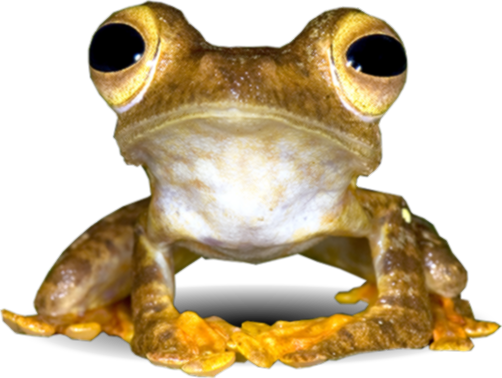Ceriops Arn., from family Rhizophoraceae, is a small genus of five species, namely Ceriops australis (C.T.White) Ballment, T.J.Sm. & J.A.Stoddart, C. decandra (Griff.) W.Theob., C. pseudodecandra Sheue, H.G.Liu, C.C. Tsai & Yuen P.Yang, C. tagal (Perr.) C.B.Rob and C. zippeliana Blume (POWO, 2021). However, only three species are found in Peninsular Malaysia viz. Ceriops tagal, C. zippeliana and C. decandra. The latter is not only rare, occuring only in the mangrove forests of Kedah, but was also recorded for Peninsular Malaysia as recently as 2014 (Wan Juliana et al., 2014). It may not be surprising that this Ceriops decandra, which is common on the west coast of Thailand, has extended its range to the northern part of Peninsular Malaysia, because the northwest of Peninsular Malaysia, which has experienced a monsoon climate, harbours characteristic species diversity and is closely related to the flora of southern Thailand (Kiew & Saw, 2019).
Ceriops decandra is a shrub to small trees reaching 2 to 5 m in height. The bark is light grey, which peels off into thin flakes. The leaves are oval to obovate, 4–9 cm long and 2.5–6 cm wide. The inflorescences are axillary and in compact, bifurcate cyme-like with 6–20 flowers. The flower is 5-merous with petals white turning brownish with age and measured about 4 mm long and 1.8–2.0 mm wide. The fruits are ovoid 6–10 mm long and 5–6 mm wide, and the hypocotyl is clavate of 8–13 cm long (Sheue et al., 2010).
The most noticeable morphological characteristic that distinguishes this species from other Ceriops is the margins of the flower petals. The flower petals of C. decandra are yellow and covered with hairs c. 0.5 mm long along the margins whereas in C. pseudodecandra, the hairs are shorter and less than 0.1 mm long (Sheue et al., 2010). In addition, the inflorescence bracts are multi-ranked with more flowers in C. decandra but primary (a single layer of leaf-like structure) in C. zippeliana (Sheue et al., 2010).
Similar to Ceriops tagal, this species also has popular uses. In South East Asia, the barks of C. decandra are used to treat viral infections while the leaves and fruits are used to treat ulcers and hepatitis, respectively (Biswas et al., 2021). In Peninsular Malaysia, the sap from the bark of C. decandra yields high quality tannin which is used as a black dye in the batik industry (Perez et al., 2017).
